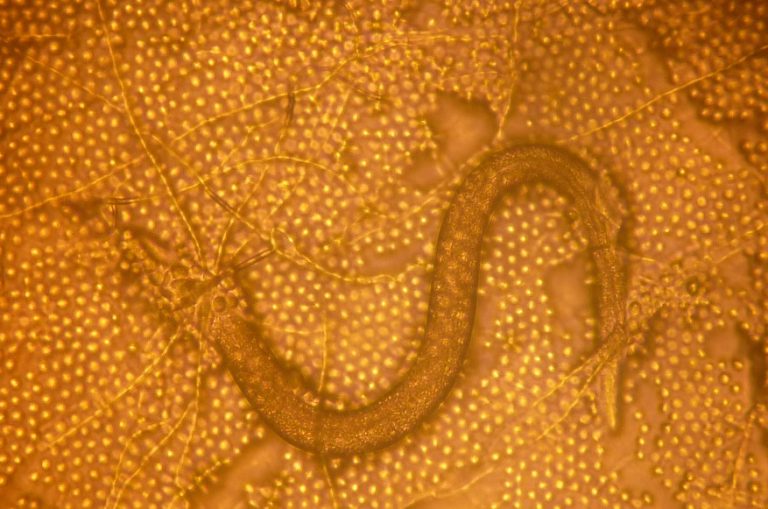Mycology research
My research centers on the study of fungal biochemistry, physiology and molecular biology. It includes biological control of pests, weeds and diseases using fungi, toxin and enzymes of fungi, and fungi in heritage collections.
Many of the biological activities of fungi are of potential commercial value, for example where fungi can be used as biological control agents of insect pests. An important project has been the investigation of the potential of biological control of the Rubus sp. that is an invasive weed on the Galapagos Islands and Hawaii. We also have several projects on the control of both plant animal and human parasitic nematodes sp. using fungi.
Other aspects of my work include understanding the specificity and mode of action of toxins produced by fungi with activity against plants and animals .
Fungi have become a significant issue in indoor air quality, culminating in the publication of WHO guidelines for indoor air quality on dampness and mould in September 2011. I have been working with a number of Heritage organisations (including English Heritage and the National Trust) monitoring and advising on the presence and hazard of fungal species in air and on collections.

